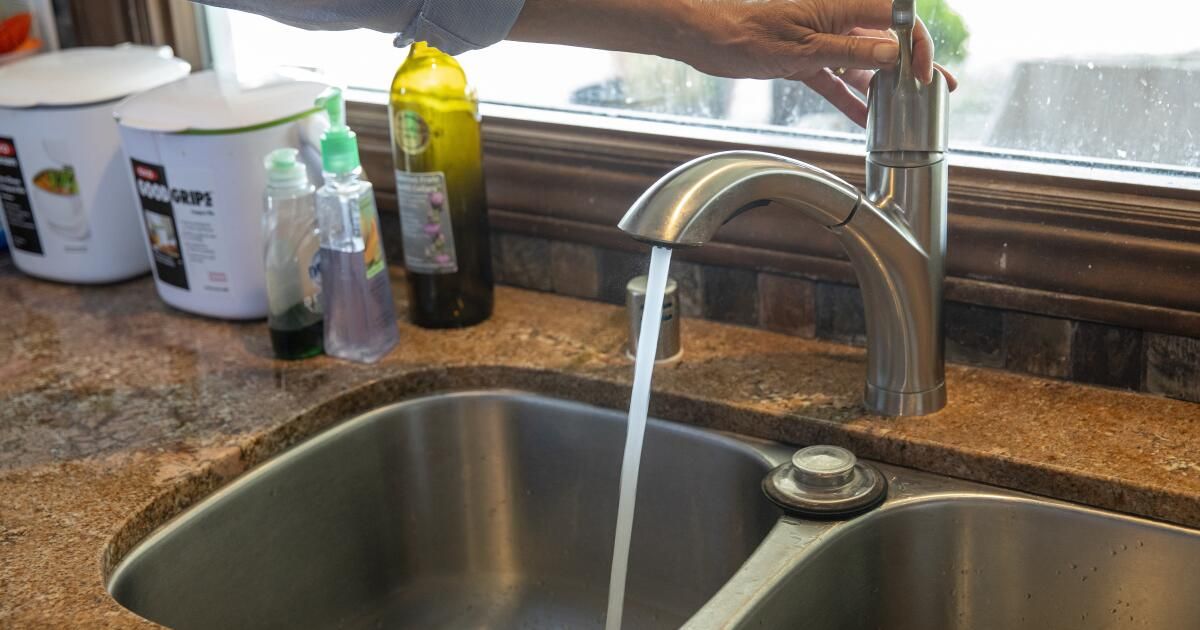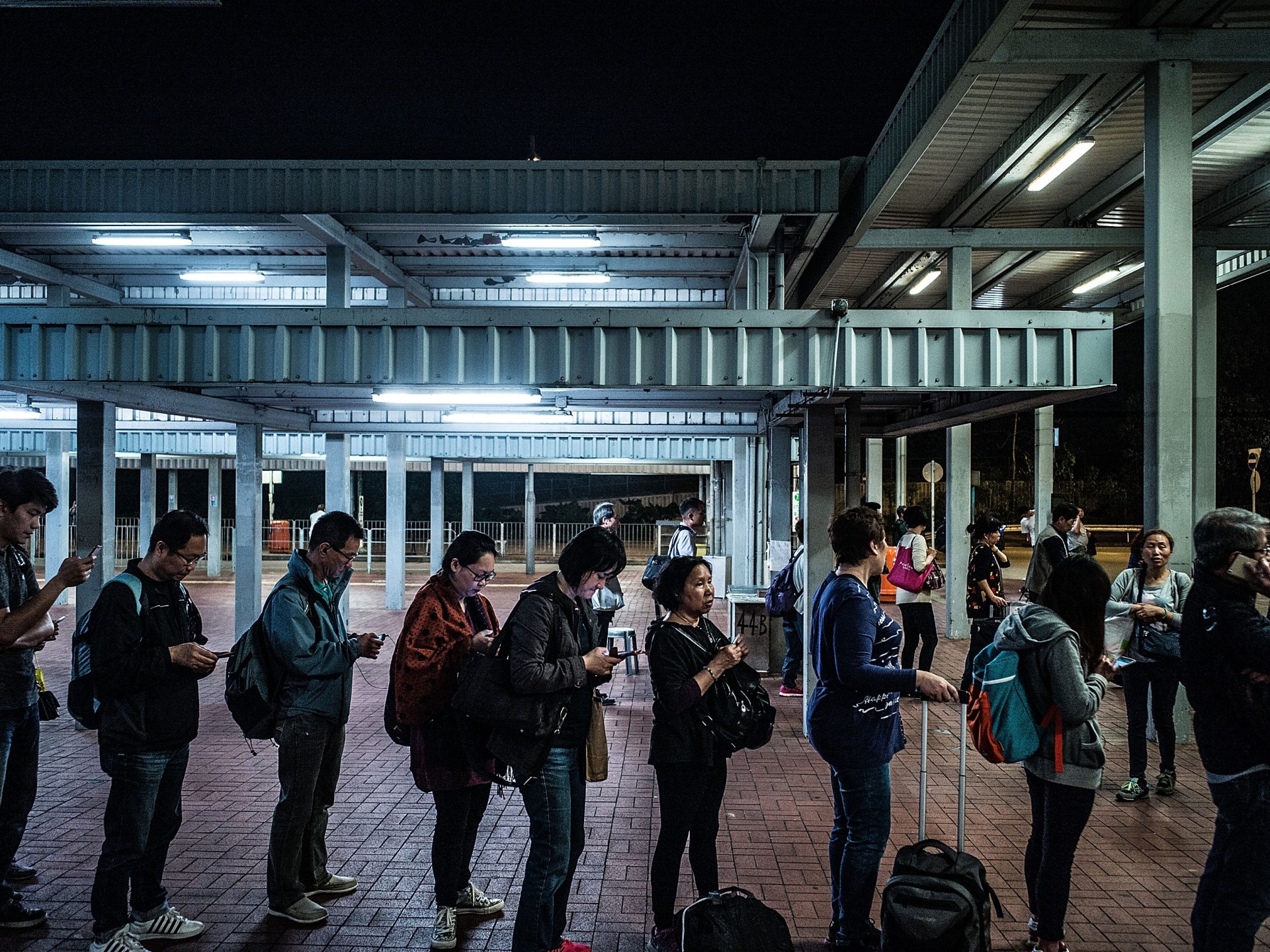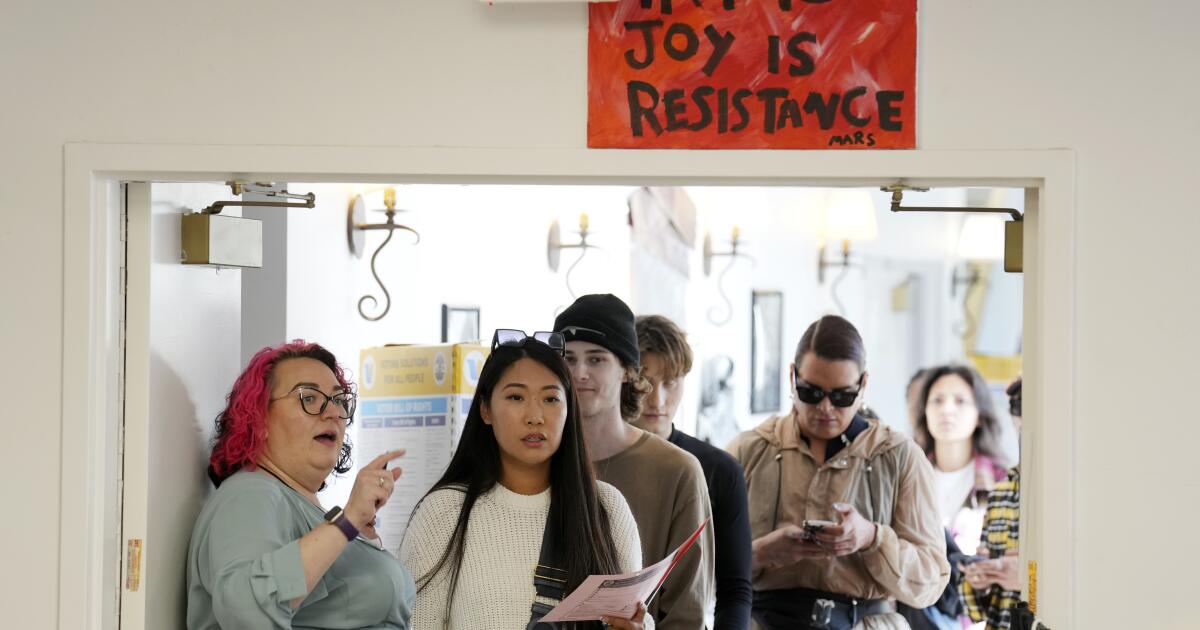In California and across the country, household water rates have increased as utilities invest to upgrade aging infrastructure, secure future supply, and meet drinking water treatment standards. As monthly water bills continue to rise, an increasing number of customers are struggling to pay.
The new federal legislation would establish a water assistance program to help low-income families pay their bills and avoid water service shutoffs.
The bill, introduced by Democratic Sen. Alex Padilla, would make permanent a federal program that Congress authorized in 2020 during the COVID-19 pandemic. The program provided more than $1 billion in assistance, but is expiring.
“Access to clean and safe drinking water is a fundamental right. And you shouldn't have to give that up just because you're low income,” Padilla said. “And you certainly shouldn't have to decide between paying your water bill, keeping the lights on, or paying your rent.”
Aggressive and impactful reporting on climate change, the environment, health and science.
Padilla said the Low Income Home Water Assistance Program, or LIHWAP, has proven successful in preventing water service disconnections, restoring service after outages and helping those struggling to pay their water bills.
As of 2021, more than 1.4 million households nationwide have received assistance through the program, including 77,000 households in California.
The bill has been supported by organizations representing water providers. The legislation “represents an important step toward permanently enshrining aid to low-income water and wastewater ratepayers in the federal safety net,” reads a letter from several organizations, including the American Water Works Assn. and the Association. of Metropolitan Water Agencies.
The bill would establish the program to provide grants to state and tribal governments to provide funds to water system operators to help low-income households “pay arrears and other fees.” The program, which will be administered by the federal Environmental Protection Agency, would also provide grants to qualifying nonprofits to help water system operators access funds.
The coalition of water associations said communities across the country face the need to invest heavily to improve water systems to address aging infrastructure and the effects of climate change, and to protect people from pollutants. in drinking water.
“Today, the cost of basic water service already imposes hardship on many low-income households,” the organizations said in their letter, adding that if Congress does not continue the program, “water rate assistance will no longer be part of the federal security plan.” net, putting hundreds of thousands of homes at risk of losing their water service.”
The groups cited a national survey showing that water and sewer rates rose about 2.5 times faster than inflation between 1996 and 2018.
Data on household water rates are not comprehensively collected in any public database. In recent years, researchers have attempted to examine rates by collecting data from representative samples of drinking water providers.
Researcher Manny Teodoro, professor at the University of Wisconsin, Madison, has monitoring water rates of a sample from about 400 water companies nationwide, and found that the average monthly bill for a typical household of four in a single-family home was $44.77 last year, up 25% from 2017.
Other surveys by the Bluefield Research firm have collected data on water prices in 50 of the largest metropolitan areas in the U.S. Those surveys have found that monthly water bills averaged $49.53 last year for a typical household, and that over the past 12 years , combined water and sewer bills increased 4.1% annually on average.
Water bills in California tend to be higher than in many other states. in a report Published last year by the State Water Resources Control Board, researchers examined rates from more than 2,100 California water suppliers and found that the average monthly bill for a household using a typical amount of water was $65.85. . The study focused on affordability but did not look at bill increases over time.
Padilla noted that the federal government already has the Low Income Home Energy Assistance Program, which provides assistance with home heating bills, and said the water program would align income eligibility with this and other existing programs. .
“We know that low-income families are disproportionately affected by rising water bills,” Padilla said. “Like home energy and nutrition assistance, water rate assistance is crucial to public health and economic prosperity.”
He noted that the temporary program was passed in 2020 with bipartisan support and hopes the push to make it permanent will also secure support from Republican and Democratic lawmakers.
Continuing the program would also help residents in rural areas who face higher water rates, Padilla said.
Making the program permanent is a good initial step, said Gregory Pierce, director of the UCLA Human Right to Water Solutions Lab. He said it is a beneficial crisis assistance program that helps prevent service outages and provides debt assistance.
“But it doesn't represent holistic affordability support for households,” Pierce said. “We really want to address affordability through the rate structure, helping people use less water and through recurring bill assistance.”
Household water prices will continue to rise for the foreseeable future for several reasons, he said.
“We've charged too little for water in most places for a long time, so the infrastructure is degraded, at the end of its useful life, and we need to invest to at least maintain or replace it,” Pierce said.
Many water providers are also focusing on investing in more resilient local water supplies as climate change worsens droughts and makes traditional supplies less reliable, he said. And water agencies face looming requirements to improve treatment technologies to remove contaminants, ranging from PFAS chemicals to hexavalent chromium, as government agencies adopt stricter standards.
“We need to do more to support those who can't pay,” Pierce said.
Climate change is expected to exacerbate the problem of rising costs for many communities. In a recent reportResearchers at the Pacific Institute and the organization DigDeep said more intense droughts fueled by climate change can contribute to higher water costs if a utility needs to buy a more expensive water supply, pump water from deeper underground, or add treatment processes to clean up degraded supplies.
“Drought exacerbated by climate change will likely disproportionately increase the cost of water for frontline communities, raising barriers to access due to its unaffordability,” the researchers wrote.
Over the past decade, water affordability has been increasingly recognized as an issue in California.
In 2012, California became the first state in the country to declare access to safe and affordable drinking water a human right.
For the past three years, the state has offered a program to provide relief to community water systems for unpaid bills related to the pandemic. State legislation adopted last year expanded shutoff protections for those who cannot pay their water bills.
However, in 2022, Governor Gavin Newsom vetoed Senate Bill 222, which would have established a water rate assistance program, saying there was no source of “ongoing, sustainable funding” at the time.
Pierce said he believes California should look to provide assistance to approximately 15% to 20% of households “to address the water affordability issue statewide.”
“It's time to have done something more substantial,” he said.
The new federal legislation was supported by the Visalia-based Community Water Center. Advocacy group leaders said they hope this program will expand as federal officials develop a permanent water affordability program for low-income people.
The legislation, by establishing a program to address debt relief, is critical to helping those who cannot pay, said Kyle Jones, the center's legal and policy director.
“This crisis assistance is really important to help address the effects of high water costs. But at the end of the day, we need to make water costs affordable so that we're not putting people in this place to begin with,” Jones said. “What we need is a program that ensures that these water bills that people receive do not put them back into debt.”












